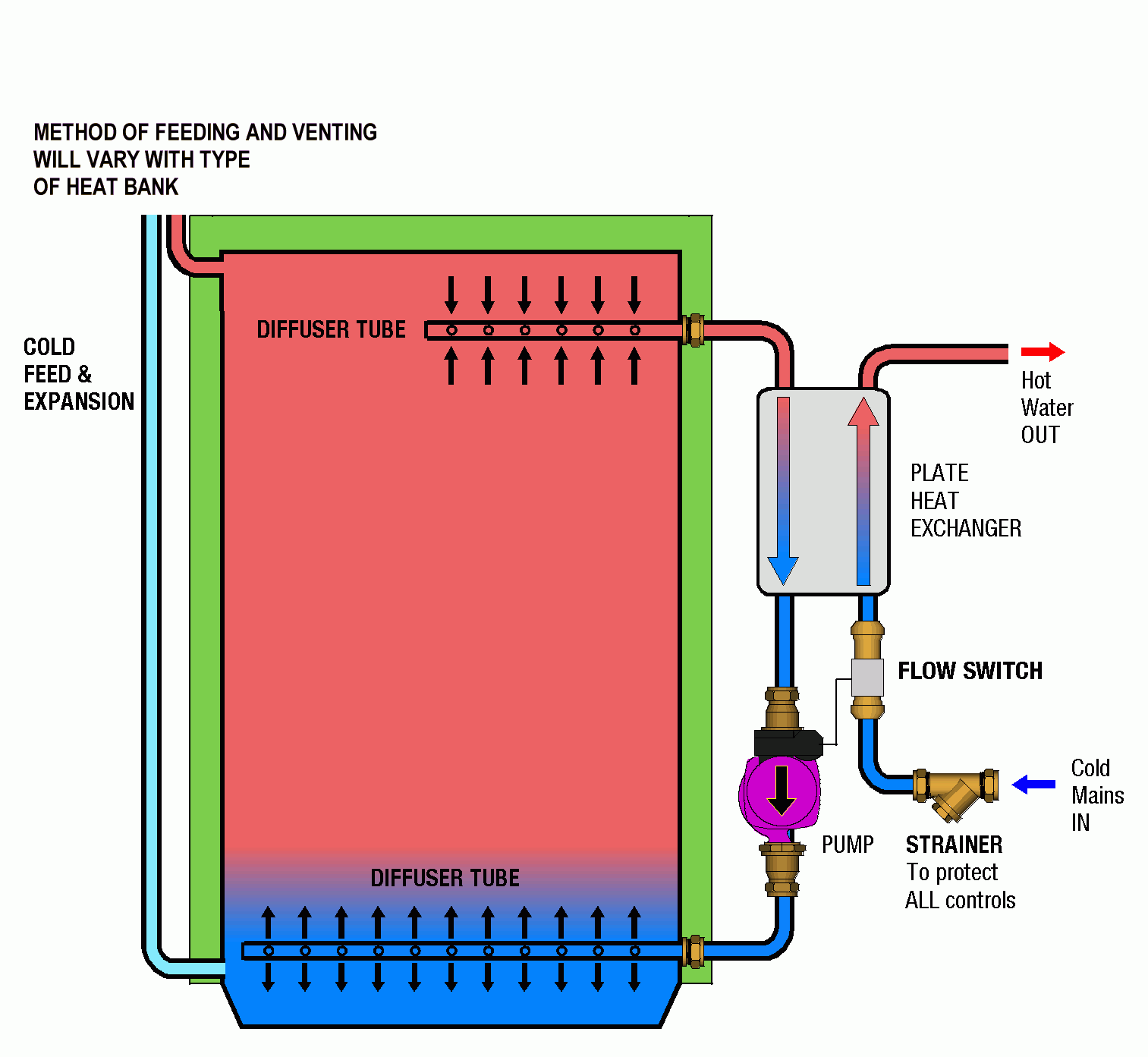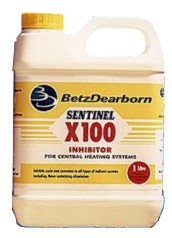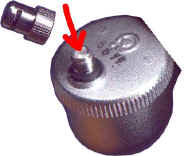|
|||
|
R/O Shops, 9-19 Manor Green
Road, Epsom,
Surrey KT19 8RA |
|||
|
|||
|
|
| Contents: 1. Introduction 2. General Requirements 3. Mains Water Supply 4. Connections 5. Wiring 6. Filling 7. Commissioning |
| 1 Introduction |
| 1.1 |
| 1.2 |
| 1.3 |
| 1.4 |
1.5   Using a plate heat exchanger to transfer heat, a method referred to as forced convection, provides heat transfer rates of up to 100kW (340,000 Btu/h). thereby providing mains pressure hot water at up to 30 litresper minute Using a plate heat exchanger to transfer heat, a method referred to as forced convection, provides heat transfer rates of up to 100kW (340,000 Btu/h). thereby providing mains pressure hot water at up to 30 litresper minute
|
| 1.5.1 |
| 1.5.2 |
| 1.5.3 |
| 1.5.4 |
| 1.6 |
| 2 GENERAL REQUIREMENTS |
| 2.1 |
| 2.2 |
| 2.3 |
| 2.3.1 |
| 2.3.2 |
| 2.4 |
| 2.5 |
| 2.6 |
| 2.7 |
| 2.8 |
| 2.9 |
| 2.10 |
| 2.11 |
| 2.12 |
| 2.13 |
| 2.13.1 |
| 2.13.2 |
| 2.13.21 |
| 2.13.22 |
| 2.13.23 |
| 2.13.24 |
| 2.13.25 |
| 3 COLD MAINS SUPPLY. |
| 3.1 |
| 3.2 |
| 3.3 |
| 3.4 |
| 3.5 |
| 4 CONNECTIONS TO Heat Bank Thermal Store. |
| 4.1 |
| 4.2 |
| 4.3 |
| 4.4 |
| 4.5 |
| 4.6 |
| 4.6.1 |
| 4.6.2 |
| 4.6.3 |
| 5 WIRING |
| 5.1 |
| 5.2 |
| 5.3 |
| 5.4 |
| 5.5 |
| 5.5.1 |
| 5.5.2
|
| 5.5.3 If a switch is not fitted, then the boiler can be isolated seperately by turning off the supply to the Heat Bank Thermal Store wiring, removing the boiler connections from within the Smartfit Wiring Centre on the Heat Bank Thermal Store, and turning back on the supply to the Heat Bank Thermal Store. |
| 5.6 |
| 6 FILLING. |
| 6.1 |
6.2  It is important that SENTINEL X100Inhibitor is used to protect the Heat Bank Thermal Store. It is important that SENTINEL X100Inhibitor is used to protect the Heat Bank Thermal Store. Use 1 litre per 100 litres of stored water. Label the unit as protected with the label provided. Contact Betz Dearborn direct for methodstatements on 0151 424 5351 Alternatively contact Fernox on 01799 550811. |
| 6.3 |
| 6.4 |
| 6.4.1 |
6.4.2  Slowly Open the Isolating Valve on the Filling Loop, and the unit will start to fill. As it fills air will be discharged from the Automatic Air Vent. Slowly Open the Isolating Valve on the Filling Loop, and the unit will start to fill. As it fills air will be discharged from the Automatic Air Vent. IMPORTANT: filling to quickly will cause excess water to be discharged via the overflow.If this happens, do not fill as quickly. NOTE: To speed up filling, it is possible to unscrew the cap from the top of the Automatic Air Vent, and depress the plastic insert, as shown in the photo. This allows air to vent quicker, and the unit to fill with water quicker.
|
| 6.4.3 |
| 6.4.4 |
| 6.4.5 |
| 6.5 |
| 6.6 |
| 6.7 |
| 7 COMMISSIONING. |
| 7.1 |
| 7.2 |
| 7.3 Check that the Hot Water Temperature on the Smartfit Room Unit is set to 75°C. |
| 7.4 |
| 7.5 |
| 7.6 IMPORTANT: ONLY SUITABLY QUALIFIED INSTALLERS CAN COMMISSION A GAS BOILER. |
| 7.7 |
| 7.8 |
| 7.9 |
| 7.9.1 |
| 7.9.2 |
| 7.9.3 |
| 7.9.4 |
| 7.9.5 |
| 7.9.6 |
| 7.9.7 |
| 7.9.8 The unit is fitted with a Mixcall III Thermostatic Blending Valve, to control the hot water temperature, and prevent scalding.
The graph shows the pressure drop across the valve for various hot water flow rates. |
| 7.10 |
| 7.11 |
| 7.12 |
